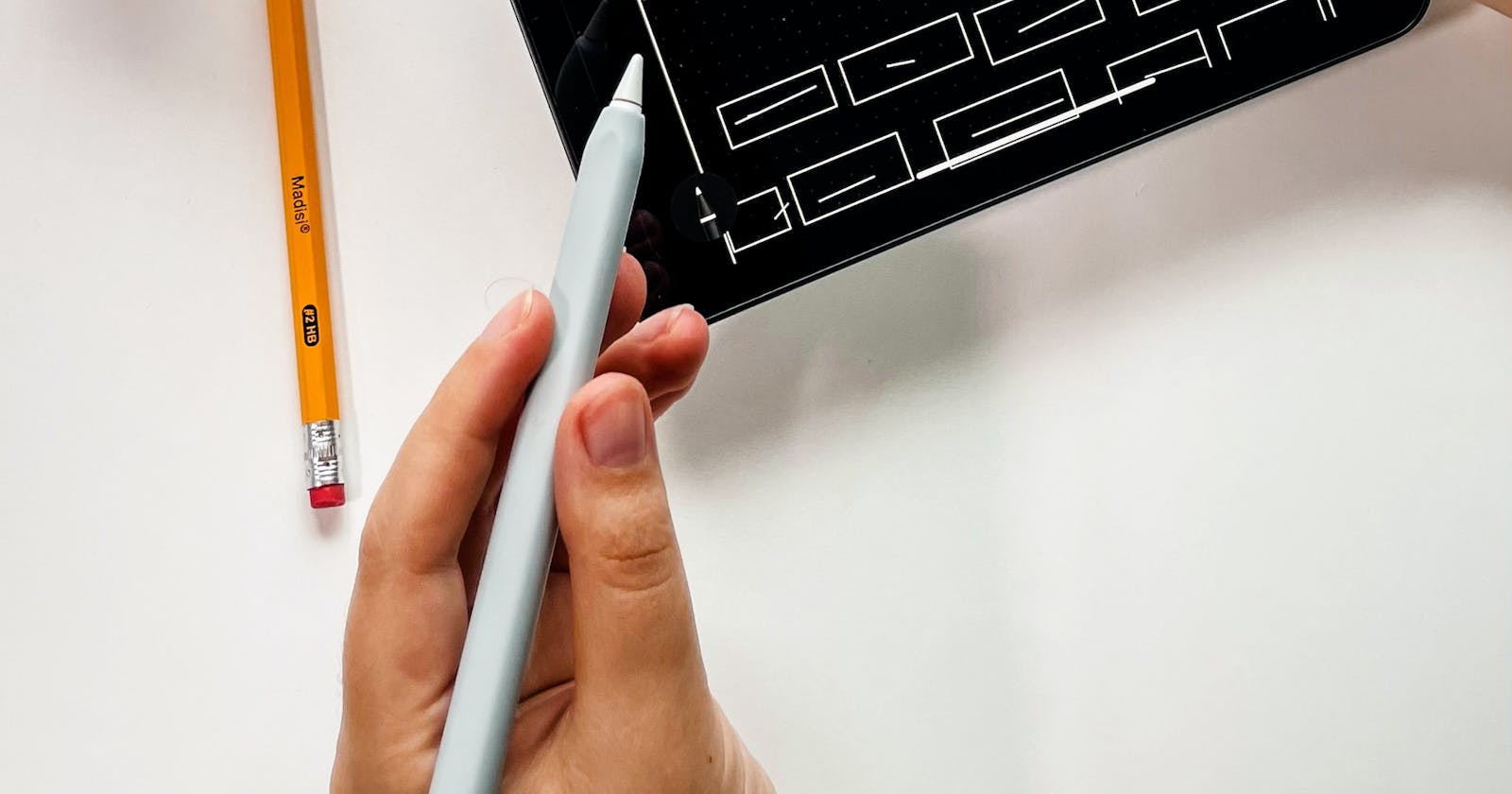Introduction
UX Design is a process of creating a user-centric product or service. It involves understanding the users and their needs, designing solutions to meet those needs, and testing those solutions to ensure they are effective. Case studies are an important part of the UX design process, as they allow designers to showcase their work and demonstrate how their solutions have solved real-world problems. In this blog post, we will discuss UX design principles that can help designers create effective case studies.
Tell a Story
Case studies should tell a story. They should describe the problem the designer was trying to solve, the solution they designed, and the results of their work. The story should be easy to follow and engaging. It should be written in a way that is accessible to people who are not familiar with UX design. By telling a story, designers can help readers understand the context of their work and the impact it has had.

Focus on the User
The user should be at the center of the case study. Designers should describe the user's needs and pain points, and how their solution addressed those needs. They should also provide evidence that their solution was effective. Evidence could include user feedback, analytics data, or other metrics that show how the solution improved the user's experience. By focusing on the user, designers can demonstrate their empathy and show that they are committed to creating solutions that meet users' needs.
Show the Process
Case studies should describe the design process. Designers should explain how they conducted research, how they generated ideas, and how they refined their solutions. They should also describe any challenges they faced and how they overcame them. By showing the process, designers can demonstrate their expertise and show that they have a systematic approach to problem-solving.

Choose the Right Format
When creating a case study, designers should choose the right format to showcase their work effectively. There are many formats to choose from, such as written case studies, videos, interactive prototypes, and presentations. Depending on the project, some formats may be more appropriate than others. For example, a video case study might be more effective for showcasing a mobile app, while a written case study might be better for a website redesign.

Keep it Simple and Concise
Designers should keep their case studies simple and concise. The purpose of a case study is to showcase their work and demonstrate their problem-solving skills. Therefore, it is important to avoid unnecessary details and jargon that might confuse the reader. Designers should aim to communicate their ideas clearly and concisely.
Use Visuals to Support the Story
Visuals such as diagrams, screenshots, and infographics can help designers communicate their ideas effectively. They can provide the reader with an easy-to-understand overview of the project and help them visualize the design process. Designers should use visuals to support the story they are telling and to make their case study more engaging.

Get Feedback and Iterate
Designers should get feedback on their case studies and iterate based on that feedback. They can share their case studies with colleagues, clients, or other designers to get feedback on the clarity of their writing, the effectiveness of their visuals, and the overall impact of their work. Based on that feedback, they can make improvements and refine their case studies to make them more effective.

Conclusion
Effective case studies are an essential part of the UX design process. By following these UX design principles, designers can create case studies that showcase their skills and demonstrate their impact on the user experience. By choosing the right format, keeping it simple and concise, using visuals to support the story, and iterating based on feedback, designers can create case studies that are engaging, informative, and effective.
TL;DR
Tell a story
Focus on the user
Show the design process
Choose the right format
Keep it simple and concise
Use visuals to support the story
Iterate based on feedback
Follow me on Twitter: @CodezMikazuki
Thanks for reading, Malcz/Mika
